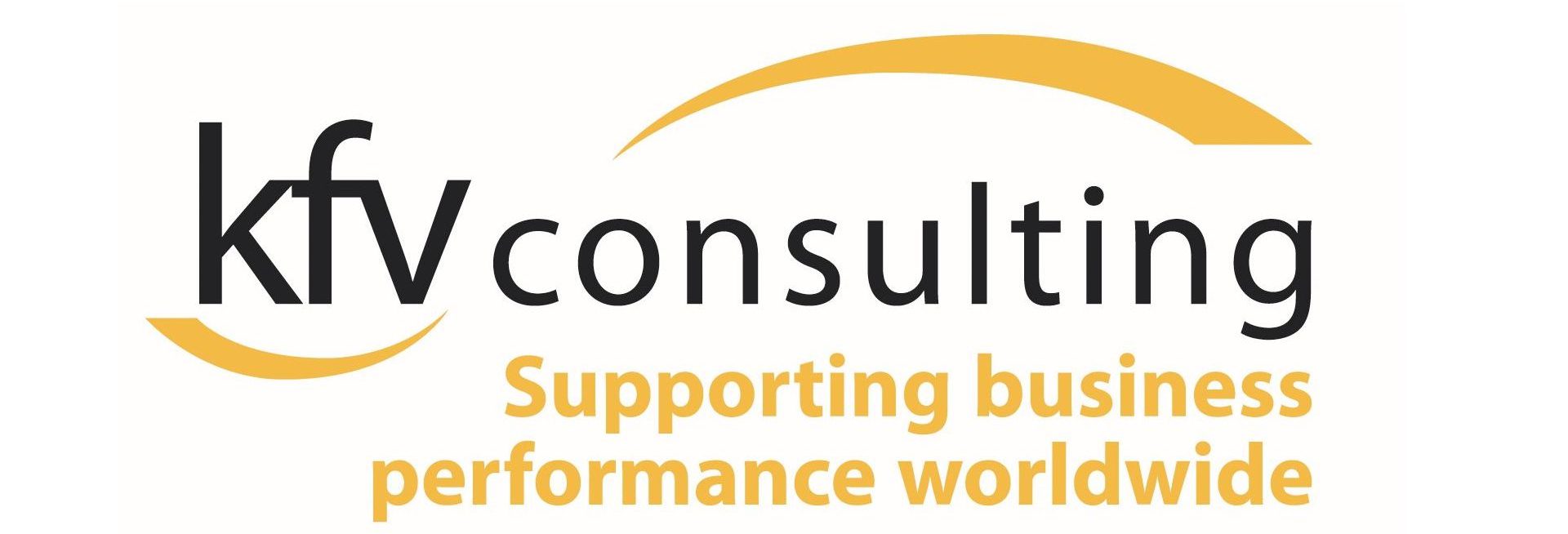Understanding the benefits of resilience training
Issues covered:
Resilience is defined as ‘the ability to function successfully, recover from setback and grow to meet future challenges’. A structured process helps us understand and manage employee’s response to workplace pressure and in so doing, build team and individual resilience.
We believe a resilient and healthy workforce is a critical enabler of a performance culture. Our process helps organisations to understand where their teams are starting from and what they might do to help them build resilience and so sustain healthy high performance.
Pressure is a feature of modern life and never more so than at work. Organisations ask a lot of their people: continuous improvement, high commitment, loyalty and creativity. Things are no easier outside of work with most employees juggling the demands of their employment with family roles, responsibilities and outside commitments. Pressure comes from all around.
Pressure in itself is not inherently bad. In fact, if it remains equal to the coping strategies that people have developed to get them through, then pressure can be a source of personal growth and satisfaction.
It is only when pressure goes beyond our ability to cope that problems arise. When perceived pressure outstrips our perceived ability to cope, we become stressed. Performance and pressure are directly correlated and this presents both a potential problem and an opportunity.
It is the dynamic relationship between pressure and the individual, and possibility of these two opposing outcomes that our structured process (TA) explores. The relationship between pressure and coping is of great interest – the way these factors combine directly impacts on the level of performance and contribution that our teams are able to make. Whether they combine positively or negatively, the implications for satisfaction, contribution, engagement, creativity and attendance are significant.
How does the process (TA) work?
We use a questionnaire and facilitated review meeting to enable managers and their teams to measure the different elements in the pressure process in order to provide answers to the following:
- Is pressure being felt as a force for growth or stress – is it producing beneficial or harmful outcomes for us?
- What are the sources of our pressure and how do we routinely respond?
- What are our priority areas for improvement?
- What small steps can we take to start the process of improvement?
- Can individuals within the team change the way they approach the work and so get better outcomes for them personally and for the team?
- Can the team collectively sign up for a different response in predictable situations?
Additionally, as data accumulates across an organisation, it becomes an incredibly powerful tool. Before long, the Senior Leadership team will also be able to observe:
- Which teams are coping well?
- How do teams approach their demands?
- Can other teams learn from their experience?
- Where are the ‘hot spots’?
- Are some teams more at risk than others?
- What are the common themes to address systemically?
Just think how much value that could add to your operations?
This article is correct at August 2020

